Triglycerides: What They Are & Proven Ways to Lower Triglycerides Naturally
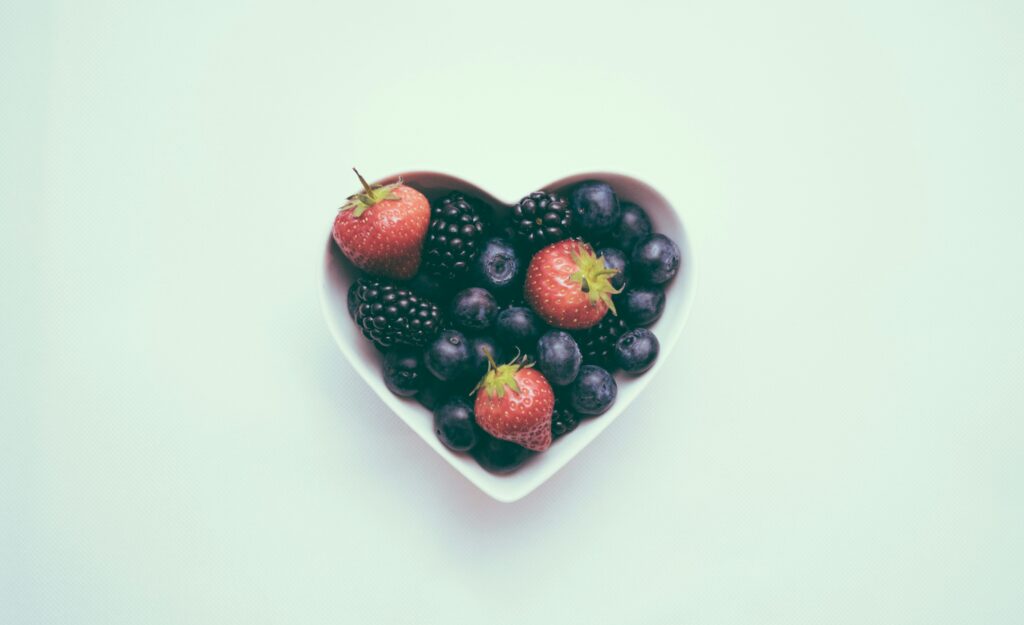
Triglycerides are a type of fat found in the blood. After you eat, your body converts any calories it doesn’t need to use right away into triglycerides, storing them in fat cells. Later, hormones release these triglycerides for energy.
While triglycerides are essential for overall health, high levels can increase the risk of heart disease and may signal metabolic syndrome. This condition includes a combination of risk factors such as high blood pressure, high blood sugar, excess belly fat, and abnormal cholesterol levels.
How to Lower Triglycerides
Keeping triglyceride levels in check is essential for heart health. Recent studies highlight several effective strategies:
Continue readingStatins for Cholesterol: Can You Eat Whatever You Want?
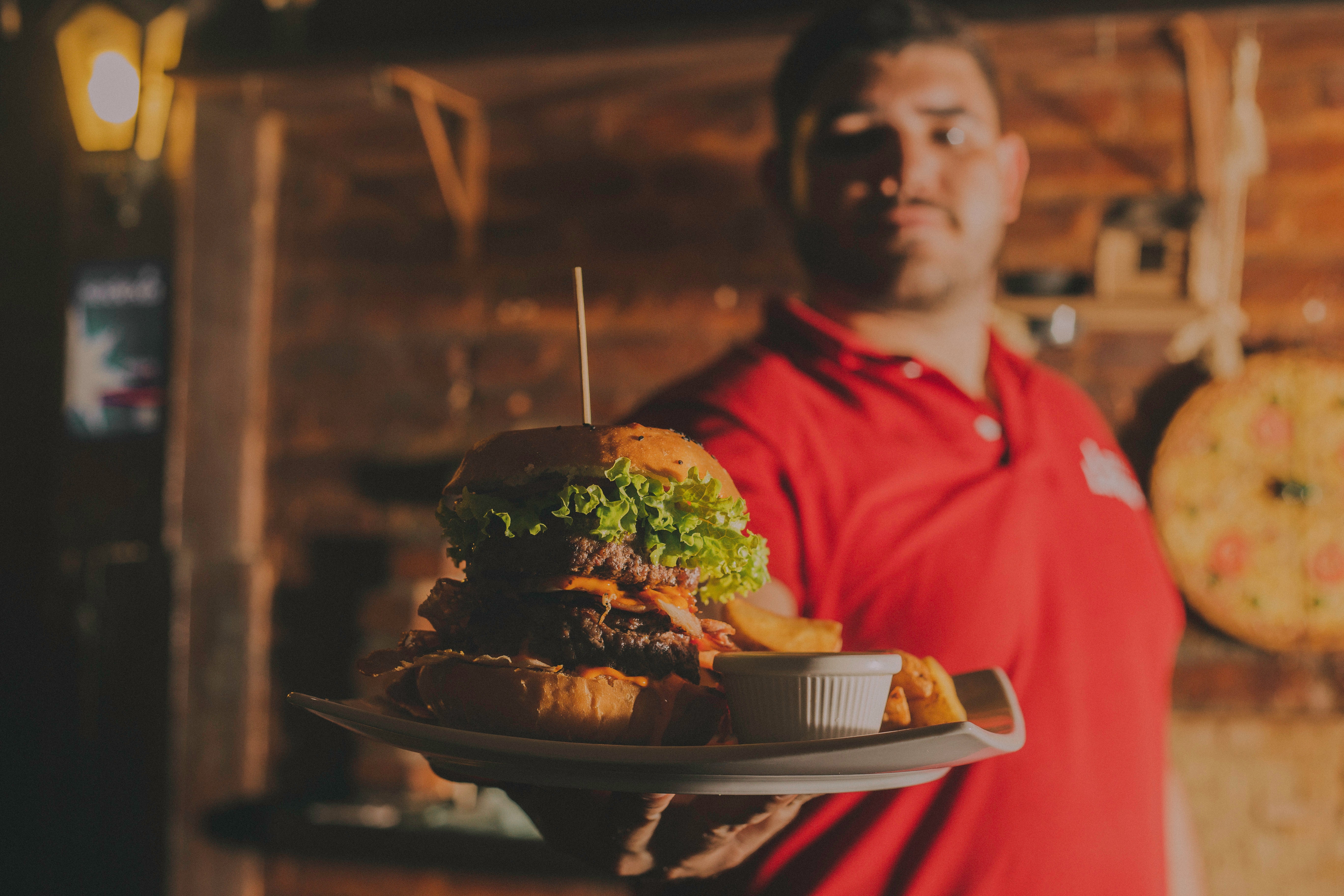
Statin drugs are commonly prescribed cholesterol medications and one of the pillars of preventing and treating heart disease. The other pillars, unfortunately, are too often overlooked. Diet modifications, increasing physical activity, stress management, and weight loss continue to be the base of the cardiovascular health pyramid however they are all too often cast aside in our “take a pill” society. The common misconception that a healthy lifestyle is not needed when taking statins is leading to less than optimal protection from heart attacks and strokes.
Statins to reduce risk
Health professionals prescribe statins when cholesterol levels are out of balance and/or a person is deemed to be at risk for a cardiovascular event, such as a heart attack or stroke. Statins work by blocking the liver’s production of cholesterol, therefore, lowering LDL cholesterol circulating in the bloodstream. They also have the beneficial effect of raising HDL cholesterol. Some types of statin drugs will also reabsorb cholesterol that has built up in the arteries forming plaque or blockages.
Statins give a false sense of security
Shopping for High Fiber Foods
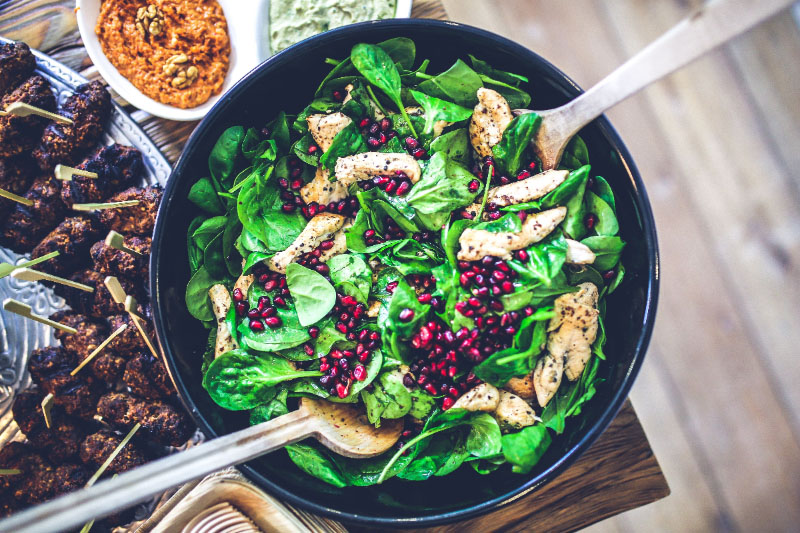
Studies find those consuming a high-fiber diet to be at lower risk for heart disease.
Soluble fiber reduces total and LDL cholesterol levels and improves insulin resistance. Foods containing insoluble fiber are consistently associated with lower rates of cardiovascular disease.
How much dietary fiber?
There are two types of dietary fiber: soluble and insoluble.
Soluble fibers absorb water during digestion, increasing stool bulk and decreasing cholesterol levels.
Insoluble fibers are not impacted by digestion and promote normal movement of intestinal contents.
The Institute of Medicine recommends 25 grams per day for women and 38 grams per day for men if under the age of 50. For those over 50-years-old, the recommendation is 30 grams for men and 21 grams for women.
Too little dietary fiber?
A diet low in fiber increases risk for heart disease, diabetes, diverticular disease, and constipation.
Most American’s consume only 15 grams of dietary fiber daily.
Too much dietary fiber?
Risk of consuming too much fiber is minimal. The side effects of too much fiber are typically associated with increasing fiber intake too quickly. If you currently consume a diet low in fiber, you want to gradually add more fiber-rich foods to your diet. Increasing fiber intake too quickly can lead to:
- Abdominal pain
- Flatulence
- Bloating
- Diarrhea
- Intestinal blockage in those with Chron’s disease
- Reduced blood sugar (important to know if you have diabetes)
How to consume a high fiber diet every day
Is Peanut Butter Good For Cholesterol?
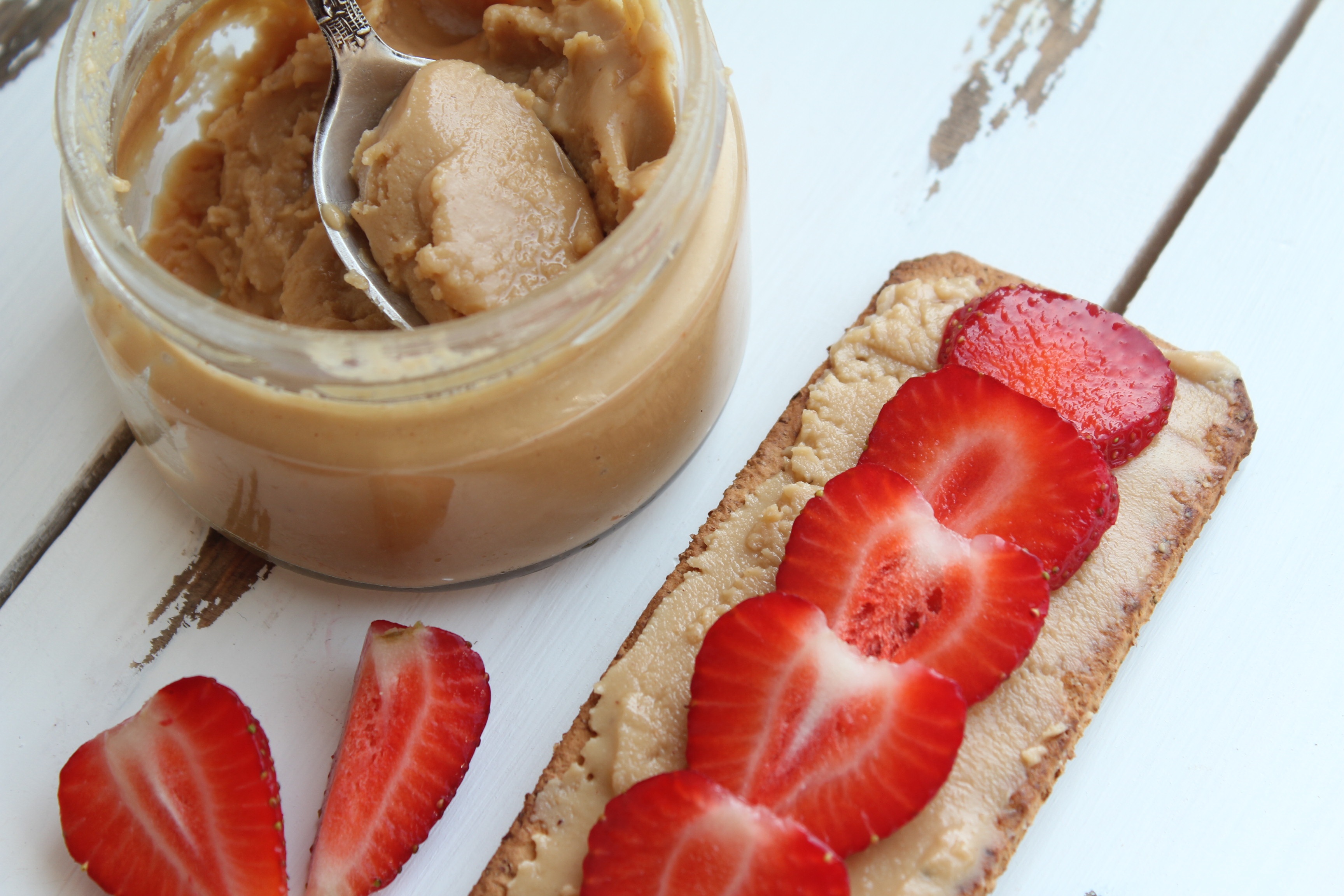
According to the Texas Peanut Producers, Americans eat 3 pounds of peanut butter per person each year. The average American child consumes about 1,500 peanut butter sandwiches by the time they graduate from high school.
Since we obviously love our peanut butter, just how nutritious is it for us?
Peanut Butter Health Benefits
Here are 5 health benefits of peanut butter:
1. Suppressed hunger
While peanuts are energy dense (i.e. not low in calories) consuming peanuts as a regular part of your diet does not lead to weight gain due to a high satiety value (i.e. reduced feelings of hunger).
2. Reduced risk for heart disease
Including peanuts in your diet leads to reduced cardiovascular disease risk due to peanuts promoting lower triglyceride levels and increased serum magnesium levels.
3. Heart healthy fats
About 50% of the fat contained in peanuts is a heart-healthy monounsaturated fat. This is the same type of fat found in olive oil. Studies have found monounsaturated fats improve cholesterol levels and reduce heart disease risk.
4. Lower colon cancer risk
Studies have connected frequent peanut intake to reduce colorectal cancer risk.
5. Reduces risk of diabetes
Research has found replacing carbohydrates with two ounces of nuts, such as peanuts, every day improves blood glucose control and blood lipids in individuals with type 2 diabetes.
Selecting a Healthy Peanut Butter
Read the food label. Select peanut butter containing no hydrogenated fats and minimal added sugar. Check the ingredient list and choose a peanut butter with only peanuts and salt listed. This means no additives and a rich peanut flavor.
Be sure to refrigerate natural peanut butter. The oils may become rancid if stored at room temperature. Try refrigerating the peanut butter upside down so the oils and solids remix and less stirring is required.
Consuming peanuts as a regular part of your diet is just one step you can take to promote lower cholesterol levels. Want more ideas? Access my free e-course here!
P.S. Did you know it takes 850 peanuts to make one 18oz. jar of peanut butter?
All the best,
Lisa Nelson RD
Health Pro for HealthCentral
Know Your Healthy Holiday Cooking Oils
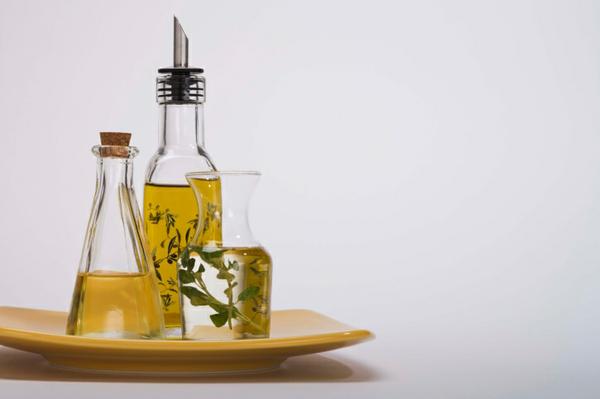
The next several weeks are the most fattening time of the year for most Americans. We’ll be stocking our kitchens with butter and oils, to prepare those giant family feasts and holiday treats we all love. We now know that it’s okay – even advised – to embrace a certain amount of fat in our diets. But the information on what constitutes “good” fat and “bad” fat is rapidly changing!
Jonny Bowden, PhD, CNS, (aka “The Nutrition Myth Buster”) offered to help us understand which fats we should be eating. Dr. Jonny is a nationally known expert on weight loss, nutrition and health. He’s a board-certified nutritionist with a master’s degree in psychology and the best-selling author of 15 books on health, healing, food and longevity, including his latest book (co-written with Dr. Steven Masley), “Smart Fat: Eat More Fat, Lose More Weight, Get Healthy Now!”
Lisa Nelson, RD: Butter or margarine? Which is the best choice?
Dr. Bowden: “Without question, butter. Margarine is one of the dumbest nutritional experiments in history; it was based on the now-obsolete fear of healthy, saturated fats. Butter from grass-fed cows is a perfectly healthy fat; it also contains cancer-fighting fats such as CLA.”
Lisa Nelson, RD: Olive oil is good for everything, right?
Dr. Bowden: “Absolutely not. There are different grades, from plain old “olive oil” to “extra virgin olive oil”. They vary enormously in their ability to stand up to heat. The very expensive extra virgin olive oil, which contains the most polyphenols, should never be used at high heat. With olive oil, as you move up the scale in quality – olive oil, virgin olive oil, extra virgin olive oil – you move DOWN the scale in its ability to stand up to heat. So, plain old olive oil is fine for higher heat application, virgin for medium heat and extra virgin ideally shouldn’t be heated. At the very most you could drizzle it on what you’re cooking at the last minute but ideally, it’s for drizzling and salads. You pay a lot extra for the careful low-heat processing to preserve the delicate health-giving olive polyphenols so it makes no sense to heat the oil and destroy them!”
Lisa Nelson, RD: Should we be using the cheap vegetable oil we all have in our pantries?
Dr. Bowden: “No. It’s highly pro-inflammatory and processed within an inch of its life, so that it basically contains nothing of any value. Some vegetable and seed oils — especially the cold pressed organic kinds such as cold-pressed sesame oil — are fine once in a while. But the exclusive reliance on cheap processed oils such as corn oil, soybean oil or safflower oil contributes mightily to inflammation, which is a promoter of every single degenerative disease.”
Lisa Nelson, RD: What about more exotic oils like coconut, palm and macadamia?
Dr. Bowden: “I love every one of these. Macadamia nut oil is similar to olive oil in that it’s high in monounsaturated fat, but has a higher smoke point. Ditto with avocado oil. Coconut oil has many anti-microbial fats and is great for energy. And Malaysian palm oil is one of my favorite oils of all: it’s sustainable, non-GMO (unlike soy and corn oils), has no trans-fats, is high in carotenoids and tocotrienols, and stands up to moderate heat.”
Lisa Nelson, RD: Is Crisco ok?
Dr. Bowden: “About as OK as a diet of corn dogs and Pepsi. It’s the worst stuff imaginable. It’s much better to use healthy saturated fats: real, organic lard, Malaysian palm oil, coconut oil. They don’t form any really negative compounds that are bad for our bodies.”
Lisa Nelson, RD: Is it worth spending extra money on expensive oils?
Dr. Bowden: “They’re worth it! The better oils are less processed, made with less heat and chemicals, and much more likely to retain whatever health compounds were in them in the first place.”
Lisa Nelson, RD: If someone were to keep one or two oils stocked in their pantry all times, which two healthy cooking oils would you recommend and what would each be best used for?
Dr. Bowden: “I would use avocado oil for high heat, Malaysian palm oil for medium heat and extra virgin olive oil for dressings and drizzling.”
Dr. Bowden adds that nutrients found in Malaysian palm oil are well researched for their benefits on brain and liver health. Those studies can be found at www.palmoilhealth.org.
Selecting heart healthy fats is just one step you can take to promote healthy cholesterol levels. Access additional steps via the free e-course How to Lower Cholesterol in 8 Simple Steps.
All the best,
Lisa Nelson RD
Health Pro for HealthCentral
Using Probiotics for Cholesterol Lowering
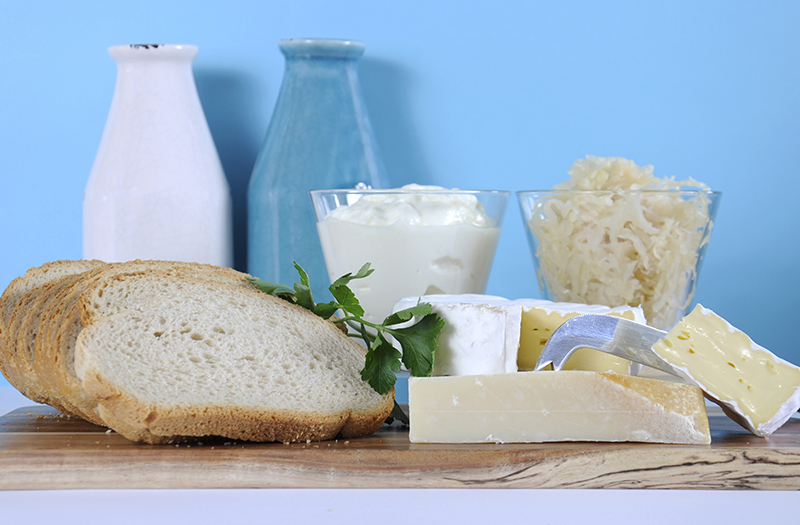 High cholesterol levels increase heart disease risk. There are dietary and lifestyle changes you can make to lower cholesterol levels.
High cholesterol levels increase heart disease risk. There are dietary and lifestyle changes you can make to lower cholesterol levels.
A growing number of studies indicate probiotics have the potential to improve cholesterol levels.
What are probiotics?
Probiotics are good bacteria that promote overall health, especially for the digestive systems. Many probiotic supplements contain the same or very similar bacteria to what is already located within the body but may be out of balance with “bad” bacteria due to various health conditions.
How do probiotics lower cholesterol?



